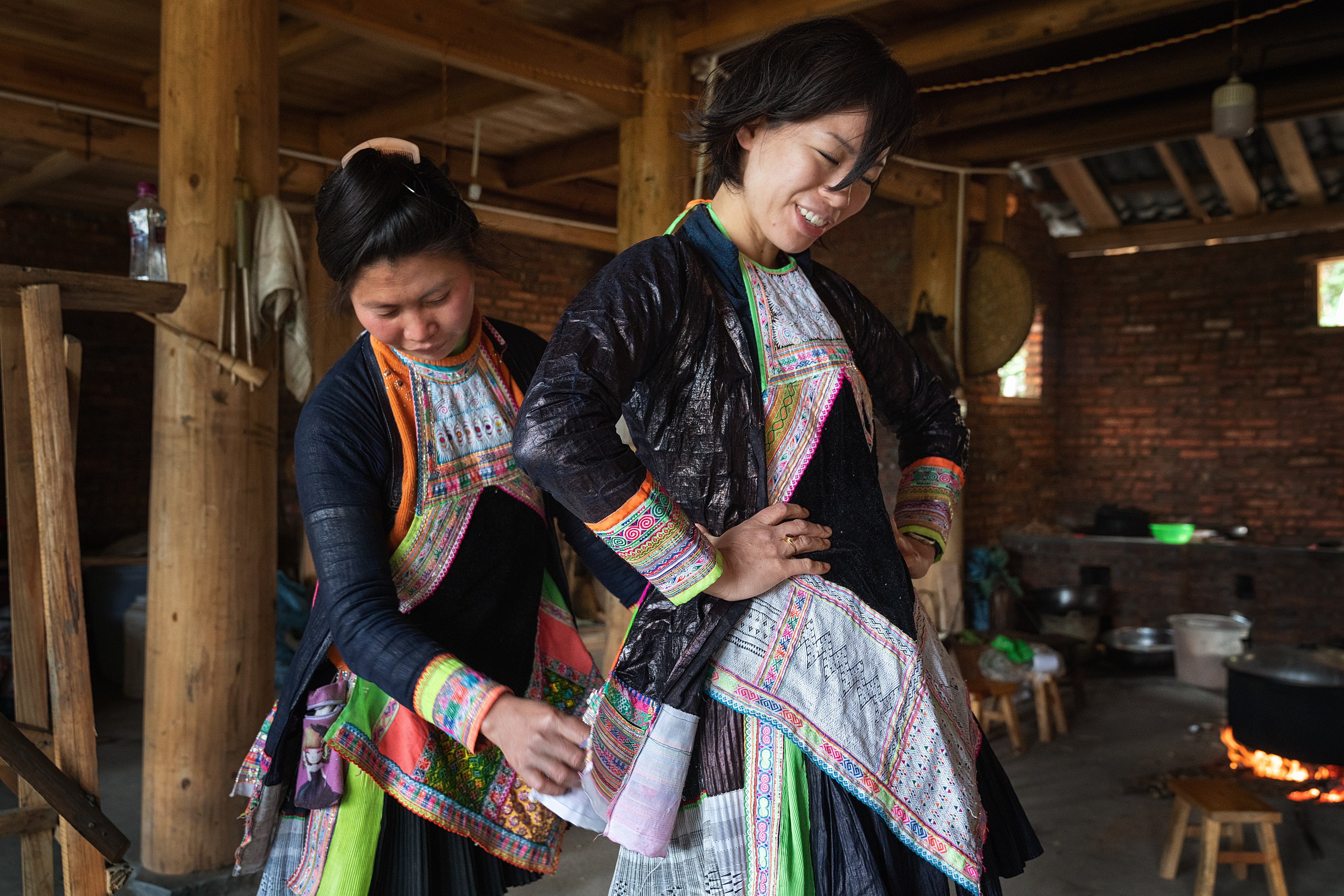
- ‘It was like discovering gold,’ luxury designer Angel Chang says of the intricate fabrics and garments made by villagers in Guizhou’s remote mountain areas
Storm clouds gathered overhead as Angel Chang arrived. Cooks were slaughtering a chicken when a sudden blackout enshrouded the guest house in darkness. From the kitchen, the crescendo of wind and rain met with the unsettling sounds of the screeching bird.
“I was in a horror film,” Chang, a vegetarian, says. In that shadowed hall, the silhouette of the young fashion designer from New York could be seen hunched over an iPhone, a beacon connecting her from the rural idyll of Dimen in China to the metropolis she knew.
“That first winter was merciless,” Chang recalls, adding that the darkness persisted for two days and returned with each rain. Within those wooden homes, the cold was a constant companion, persisting even as Chang slept cloaked in coats meant for the outdoors.
This was 2012, when we first crossed paths in that otherwise splendid guest house set in Guizhou province’s unspoilt landscapes, where every journey unfolded along hours of serpentine roads.

I was in search of photographic stories; she was looking for exceptional fabrics from which to create her first handmade garments.
Born to Chinese parents who had immigrated to the United States, Chang, now in her 40s, is a budding entrepreneur with a seed-to-garment fashion line that offers a zero-carbon commercial avenue to traditional Chinese artisans.
Having grown up in Indiana, she started her design career at Donna Karan, before discovering the intricate fabrics produced by the Chinese Miao and Dong minorities on a visit to the Shanghai Museum.
She wants to make the cheongsam something today’s women can wear every day
Captivated by the traditional garments, with their elaborate embroidery and meticulous details of ancient dynasties, Chang learned from the museum’s placards that the garments had been crafted by contemporary artisans from Guizhou, one of China’s less developed but most picturesque provinces.
Compelled, Chang flew to Guizhou that very weekend, where she embarked on a door-to-door quest across numerous villages, in search of the local artisans.
There, nestled within the mountainous terrain, she discovered the region’s ethnic minorities were self-reliant, growing their own food, constructing their own homes and sewing their own clothes, with elderly women in humble wooden homes labouring beneath the glow of a lone light bulb, hands stained with indigo, weaving patterns every bit as intricate as those that had first caught her eye in Shanghai.
“It was like discovering gold and looked just like the fabrics I saw in the museum,” she says.

When Chang heard that the craft was dying out, she became determined to help.
To learn about the art of fabric-making, Chang spent weeks or months at a time in the tranquil mountain villages, seeking to weave the ancient craft into modern design.
She delved into the process from the ground up, getting to know the cotton growers and learning how to spin and weave cloth, find natural dyes such as indigo, and eventually, working with local artisans on tailoring.
Those were formative years for Chang, shedding the rapid-fire pace and “fake seasons” of New York’s fashion scene and adapting to the unhurried rhythm of nature’s cycles.
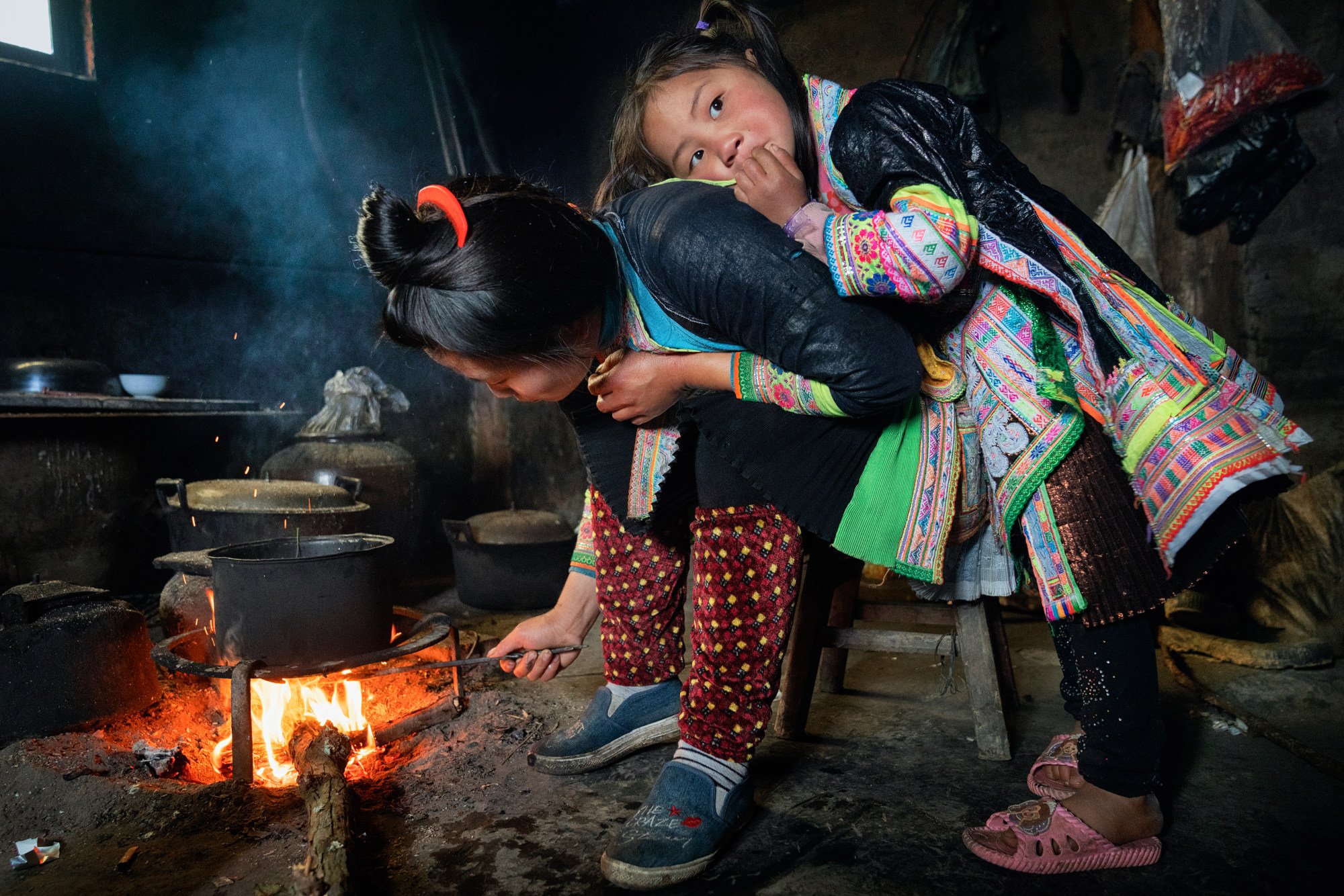
While the villagers were adept in their craft, they lacked the finesse required for luxury fashion, which was where Chang devised patterns and refined techniques to meet the demands of the global market. This pursuit led her to a cluster of five villages, where she met a special member of the Miao community.
Fei Fei, in her early 30s, noticed Chang’s solitary figure meandering through the village, and mistaking her for a lost traveller, invited her into her home.
“I felt really close to Angel because neither of us spoke good Mandarin,” says Fei Fei, who soon revealed her creations with a quiet pride.
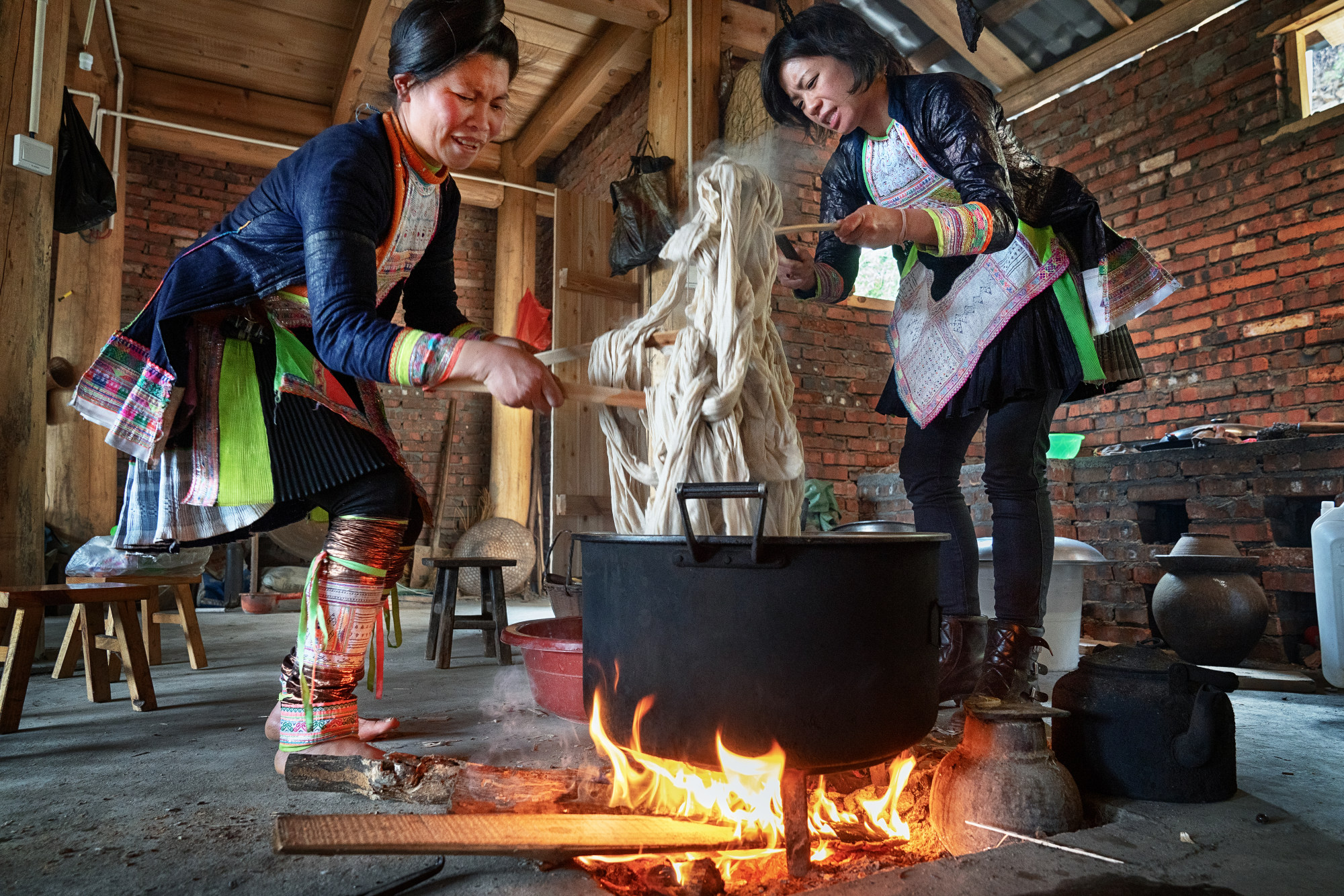
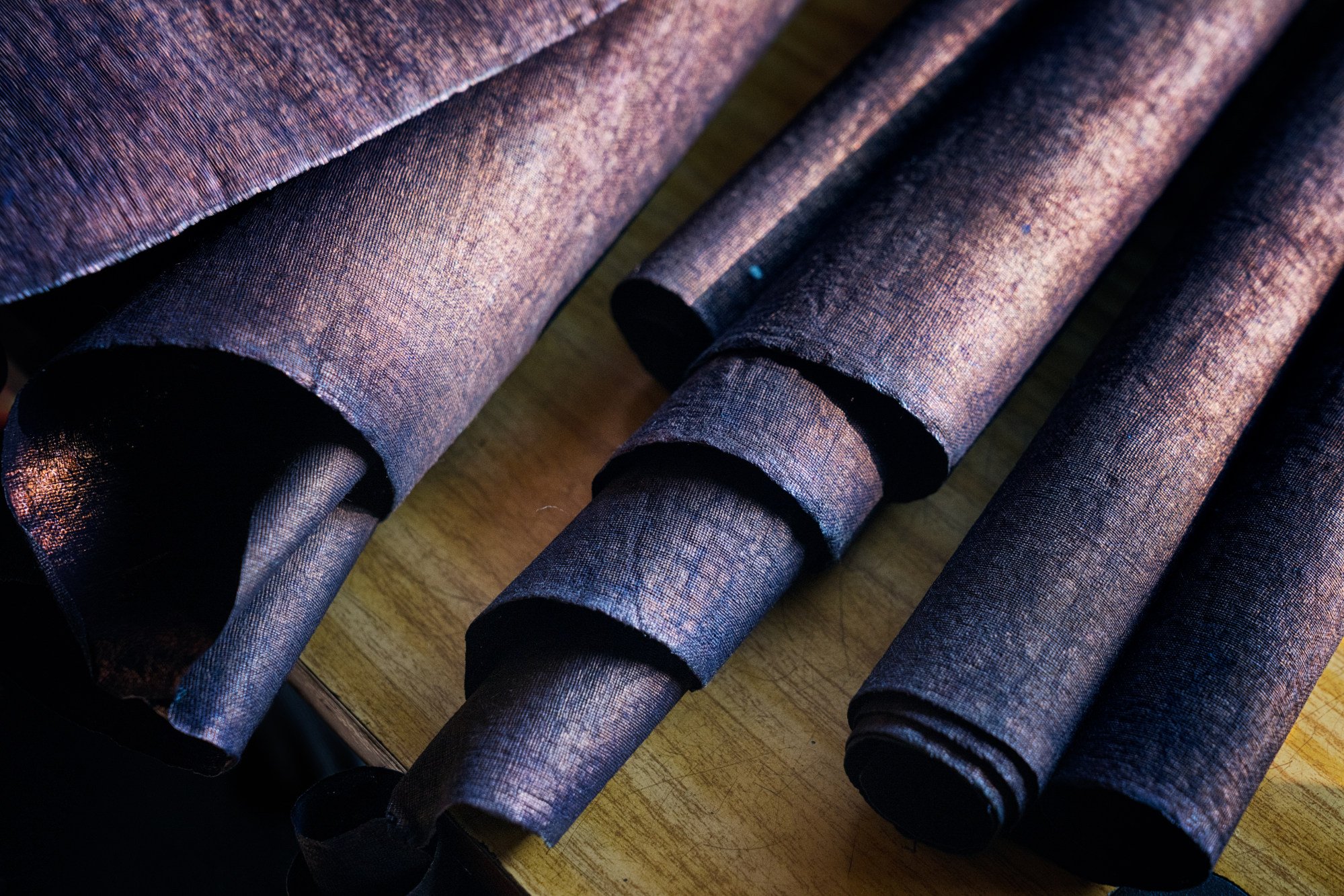
Each garment was a narrative in itself, spun from cotton she had nurtured from first growth, woven on the loom her father had constructed as a wedding gift, dyed with colours borne from the earth, and tailored with a meticulous hand.
This was slow fashion in its purest form, where the time from seed to stitch spanned not just hours but months. And in this slow turning of the wheel, Fei Fei’s attire, worn year upon year, was a testament to its durability.
In the old days, mothers would teach their daughters to dye and weave, after which the young women would make clothes for themselves and their children. Just one jacket could take up to two years to finish.
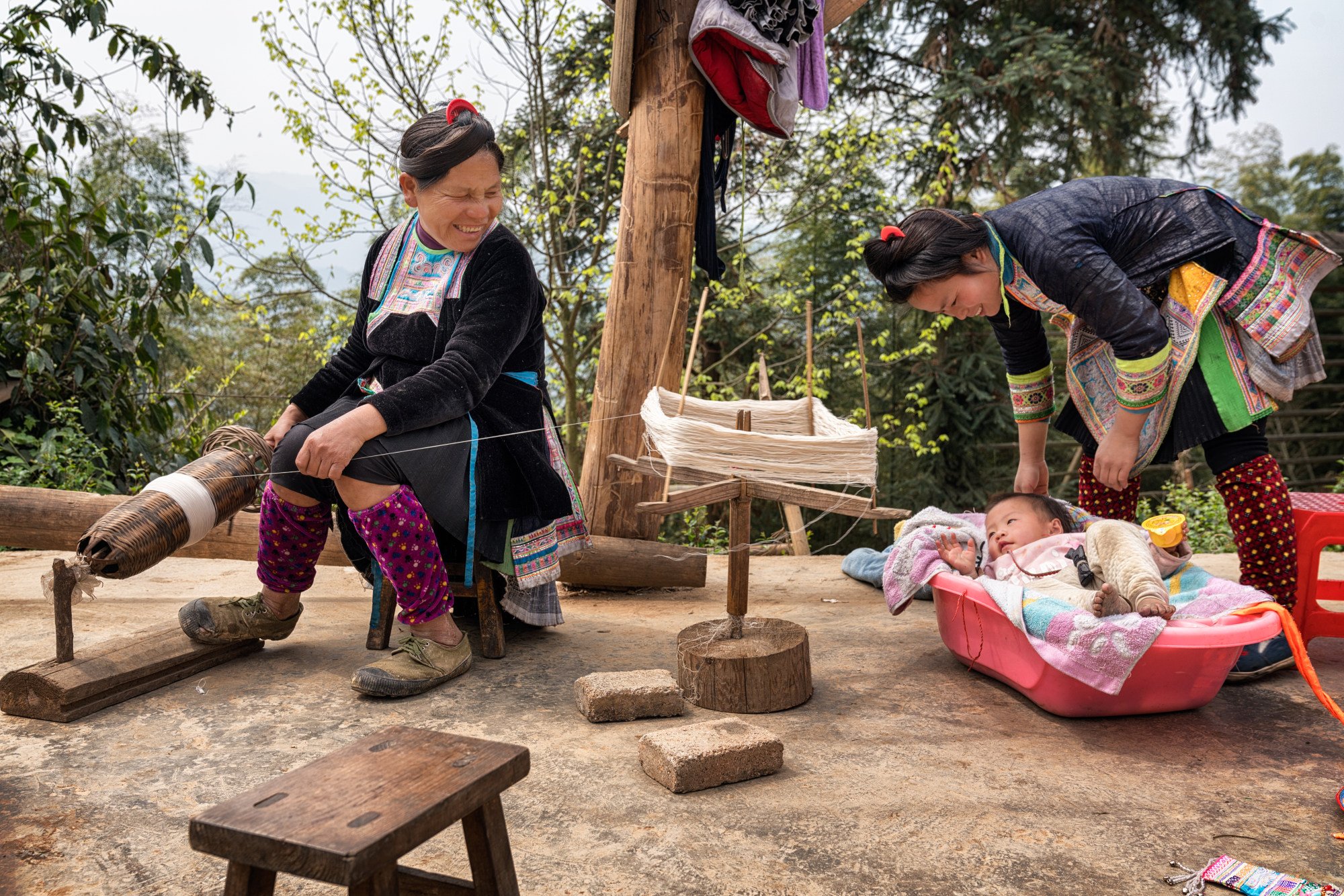
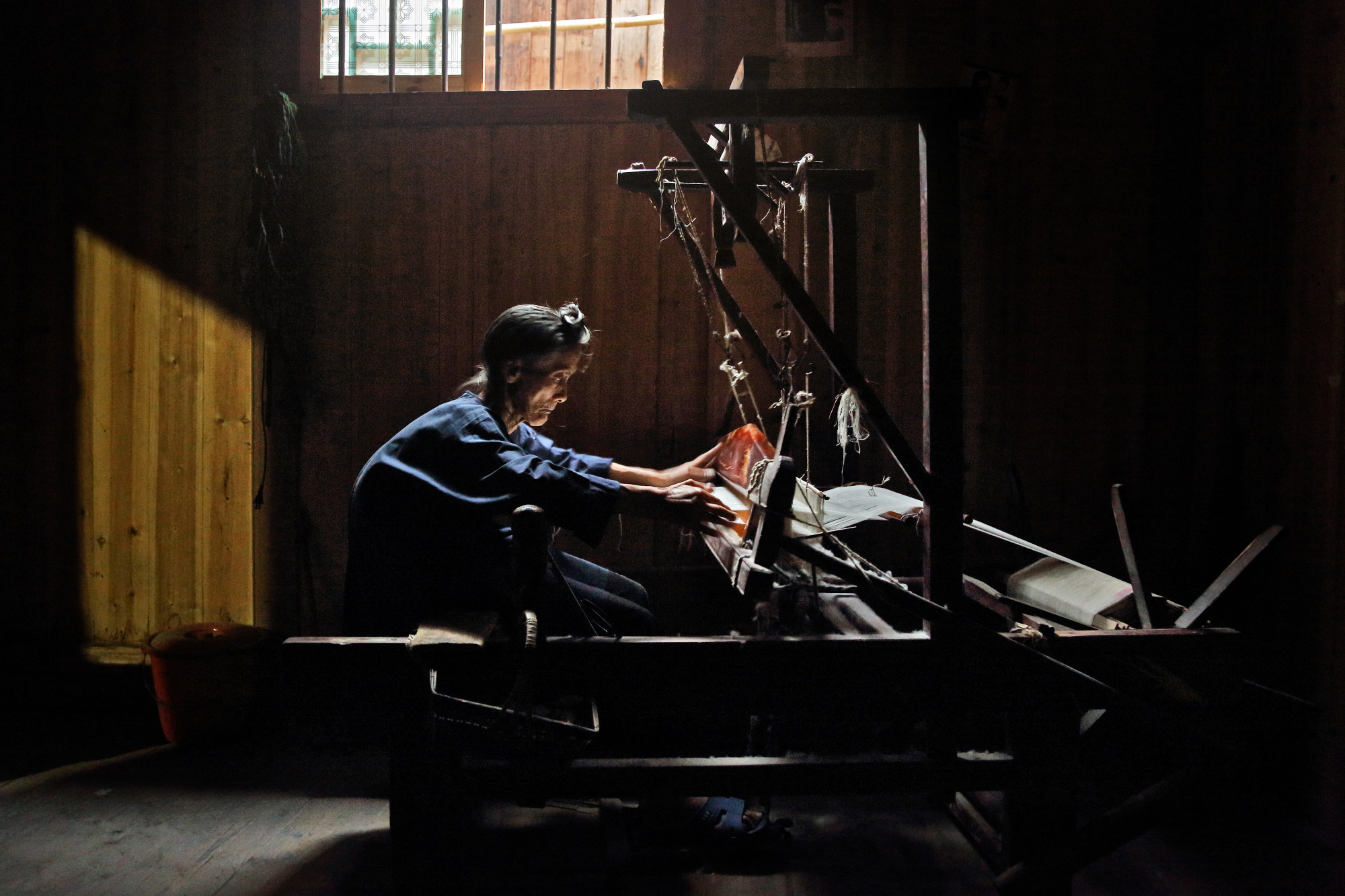
These practices are now mostly lost as younger people leave to work in factories in the wealthier coastal areas. Fei Fei is one of the few younger women who has carried on this tradition.
Chang proposed a collaboration, and Fei Fei agreed. The money was not much – Fei Fei could buy a small bag of groceries from selling Chang a day’s work – but no matter, the villager said she was motivated by their new friendship and the chance to learn about the outside world.
As orders grew, Fei Fei recruited her family and neighbours, who all now collectively spin and weave about 1,000 metres (3,300 feet) of fabric a year, which they sell to Chang.
Chang has trained a handful of Dong minority artisans in another village, teaching them to convert Fei Fei’s cotton fabrics into fashionable attire.
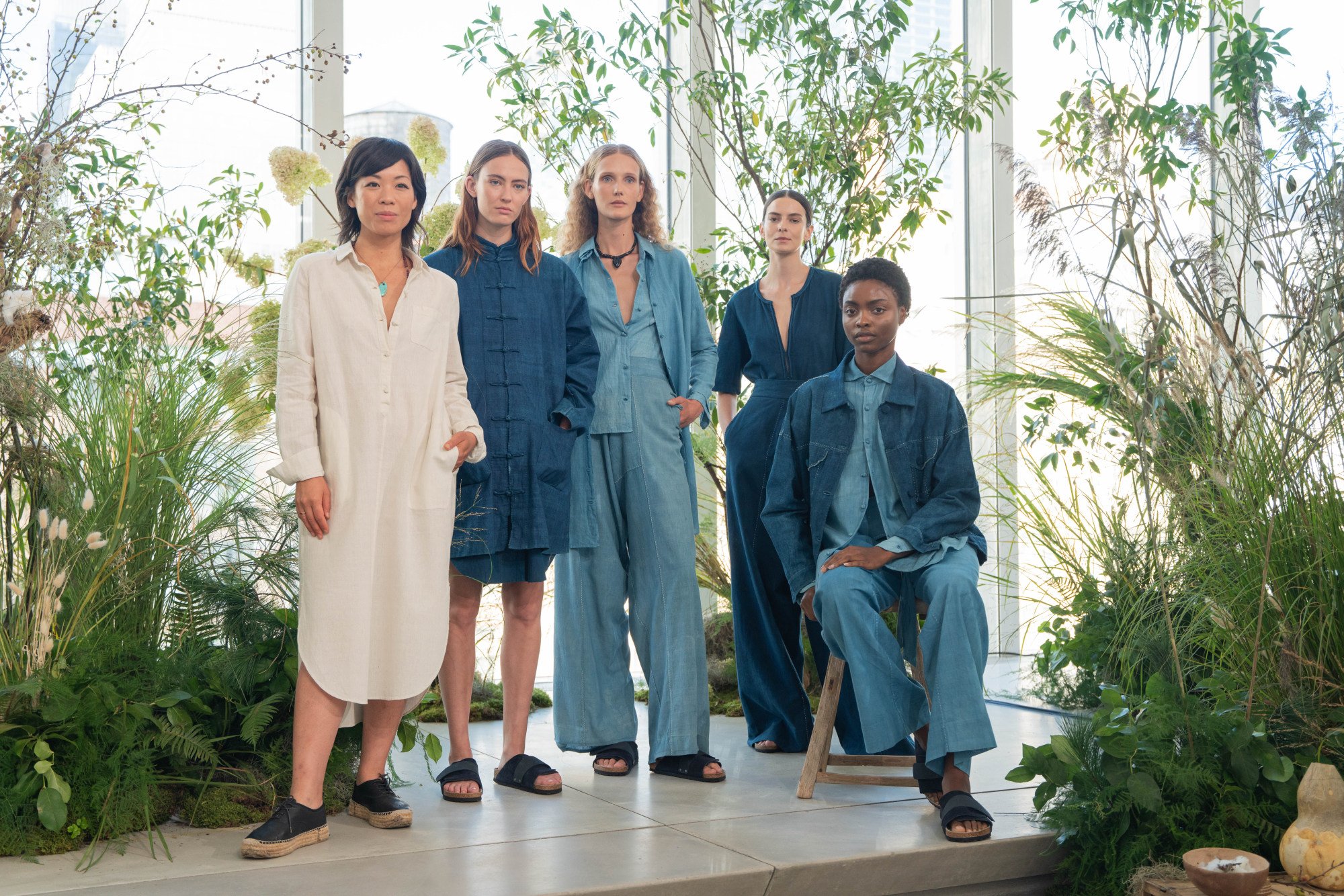
Indigo, pivotal to the minorities’ dresses, is steeped in the traditions and daily life of the Miao people. These natural dyes, intertwined with the local folklore and medicine, served multiple roles, from healing wounds in the form of an antiseptic bandage to warding off insects and providing spiritual protection.
Chang’s collaboration with the artisans brought her press coverage, sponsorships, a TED talk and clients willing to pay US$1,000 for a casual cotton dress. But while Chang has been praised by Western media for her eco-chic approach, the reality for her Guizhou artisans is not always so rosy.
Fei Fei speaks of a severe drought that began in 2022 and has devastated their crops, forcing her family to rely on their dwindling food reserves.


Compounding this hardship, there have been delays in payments from Chang, causing concern and uncertainty among the artisans.
Based in the US and paying Fei Fei and co via WeChat, Chang eventually resolved the issue, admitting the delay was an oversight. In addition, outside China, WeChat is not always a smooth payment method, but in the artisans’ case, there aren’t many other options, given the communication barriers posed by the country’s internet restrictions.
For Fei Fei, the past years have been transformative. From a villager who didn’t know what countries existed beyond China’s borders, a mother and wife creating garments solely for her family, she has grown into a capable team leader, managing a group of six, and the rapid development of China’s infrastructure has made Fei Fei’s village more accessible than ever.
And, she says, she has been approached by other buyers, from Singapore and China.
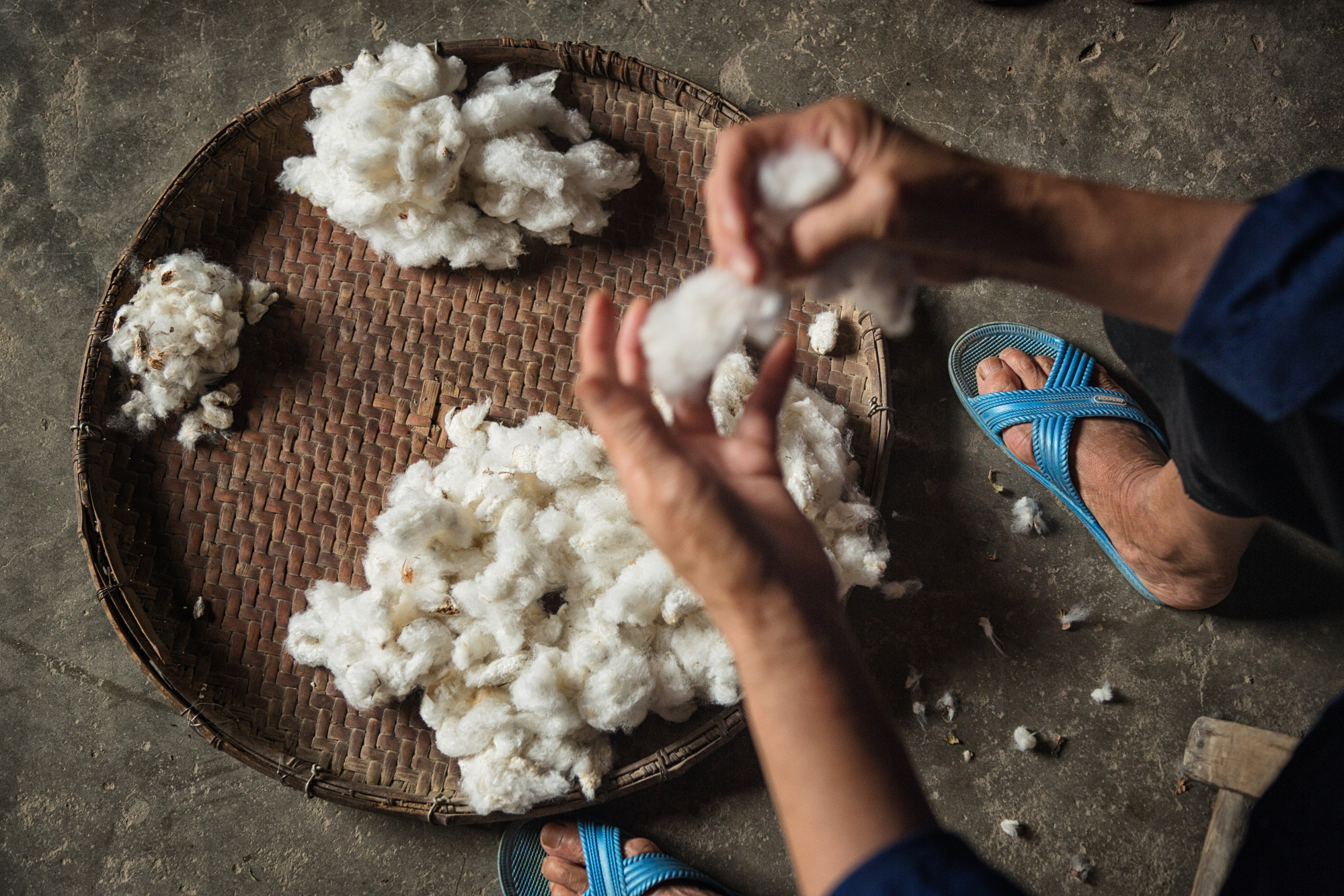
But there remains an old problem: with access comes the pressure of tourism and commercialisation, which could dilute their cultural identity.
A balance will have to be struck between Fei Fei’s traditional techniques and Chang’s idea of how they can shape the future of sustainable fashion.

